South of Lake ‘O’
I spent a week with a friend in Sarasota and drove home on Florida State Road 80 last week. State Road 80 runs along the south side of Lake Okeechobee from Clewiston, through South Bay and Belle Glade and on to West Palm Beach. At this time of the year, it is not unusual to have sugar cane fields burning right next to the highway.
Fire and Smoke
If you are very close to the burning field, you may see flames. However, it is the towering, intensely black smoke that is seen for miles. The soot and ash from the fires have blown 60+ miles all the way to West Palm Beach many times during the more than 40 years we have lived here.
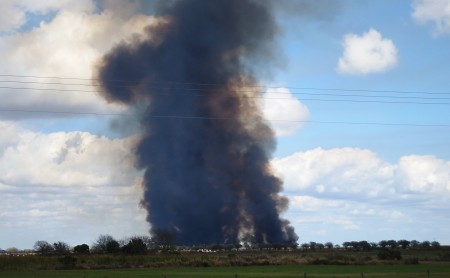 Smoke from Burning Sugar Cane Field
Smoke from Burning Sugar Cane Field
The field is burned immediately before it is harvested. Besides being impressive, the set fire is fast. A 40-acre field can burn in 15 or 20 minutes.
But, Why?
Sugar cane belongs to the grass family. Mature sugar cane has dry leaves and feathery tops that make up about 25% of the plant.
Leaves and other plant debris must be removed to aid in harvest and milling. The best explanation I have seen for why the fields are burned comes from the University of Florida Institute of Food and Agricultural Sciences.
Controlled fires in sugarcane fields burn off dead leaves and other biomass “trash,” which would otherwise impede the harvest operation, increase transportation costs to the mill, interfere with milling machinery, and absorb sugar during the extraction process. (Absorbed sugar cannot be recovered.)
In the days before mechanical harvesters, laborers from Jamaica were recruited to cut the cane with long machete-like knives. Burning the fields reduced the “trash” they had to contend with, but it also got rid of the snakes and rats that infested the fields. A bonus from the fire… the workers would surround the perimeter of the burn to “harvest” the scores of rabbits trying to escape.
If you want to learn a little more about the sugar industry, the rest of this article, An Overview of Florida Sugarcane, is well worth a read.
Mills Run 24 Hours a Day
When the cane is cut, mechanical harvesters take the cane to trucks, which in turn, take several tons of cane per load to sugar mills.
The mills run 24 hours a day crushing the cane to release the juice. From the juice comes everything from molasses to raw sugar. Raw sugar is sent on to refineries, also running 24 hours a day, to make the white granulated sugar most people buy in those 5-pound bags in the grocery stores.
Local NORAD Trivia
The Civil Defense Headquarters (now called Emergency Management) in Palm Beach County used to get calls from NORAD, because the heat signature of a sugar cane field light off matched that of a missile launch. They wanted to know if there was something going on in the area.
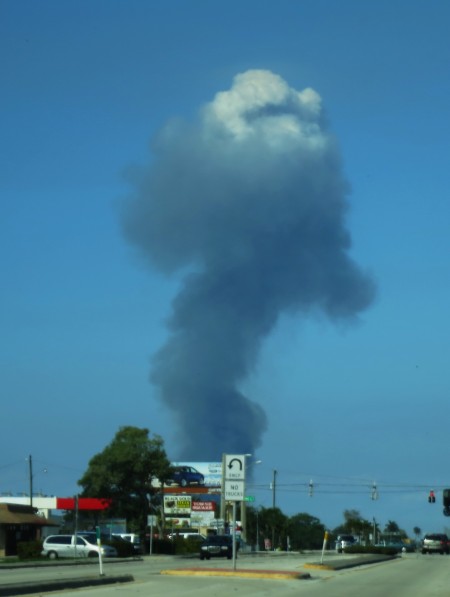 Cane Field Burning near Belle Glade, FL
Cane Field Burning near Belle Glade, FL
A sight that could be seen for miles locally was picked up by NORAD. Impressive!
Tags: Clewiston FL · sugar cane · US Sugar Refinery3 Comments
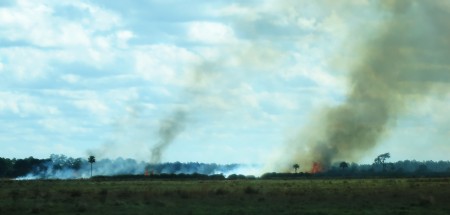
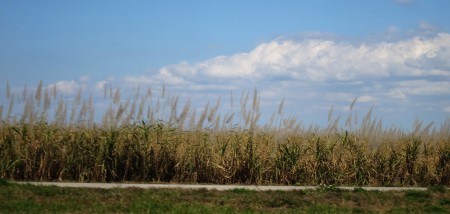
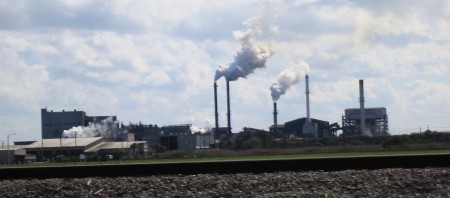
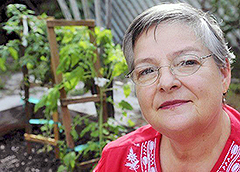
I had no idea!…this was that big in Florida…now Ihave t make a trip to below lake “O” and see for my self..
Thanks Lila!
It is an easy drive with interesting scenery if you haven’t done it, yet. The fields are burned until mid April or early May. Just seeing the lake is worth the trip all by itself.
Grab Liza and plan a trip over to this side of the state. Check out the east coast. We’ll put you up.
Fascinating. Don and I have seen this on TV documentaries, but never in person.